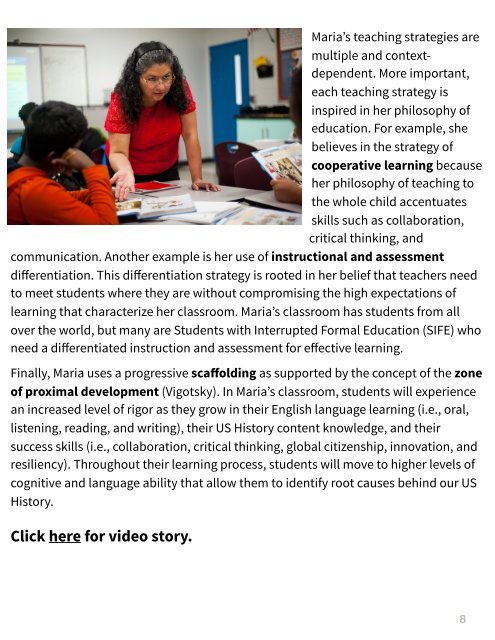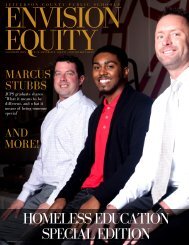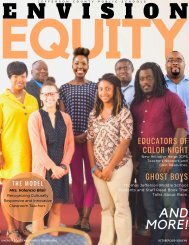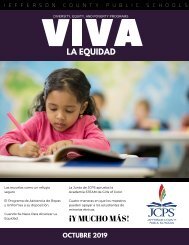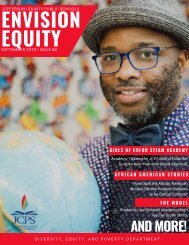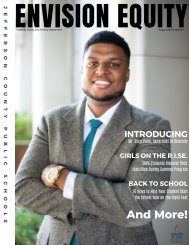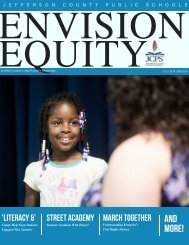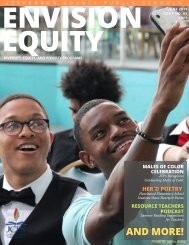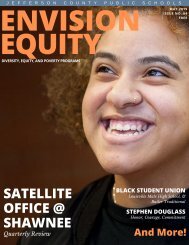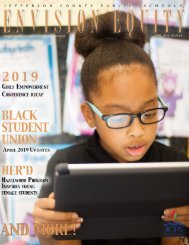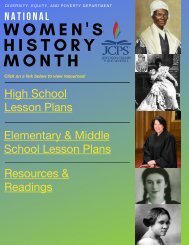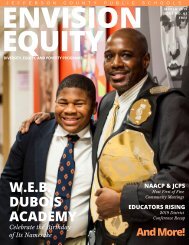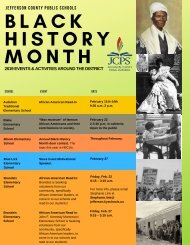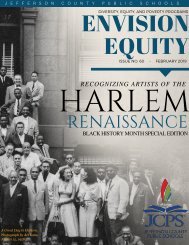October 2018 Edition
You also want an ePaper? Increase the reach of your titles
YUMPU automatically turns print PDFs into web optimized ePapers that Google loves.
Maria’s teaching strategies are<br />
multiple and contextdependent.<br />
More important,<br />
each teaching strategy is<br />
inspired in her philosophy of<br />
education. For example, she<br />
believes in the strategy of<br />
cooperative learning because<br />
her philosophy of teaching to<br />
the whole child accentuates<br />
skills such as collaboration,<br />
critical thinking, and<br />
communication. Another example is her use of instructional and assessment<br />
differentiation. This differentiation strategy is rooted in her belief that teachers need<br />
to meet students where they are without compromising the high expectations of<br />
learning that characterize her classroom. Maria’s classroom has students from all<br />
over the world, but many are Students with Interrupted Formal Education (SIFE) who<br />
need a differentiated instruction and assessment for effective learning.<br />
Finally, Maria uses a progressive scaffolding as supported by the concept of the zone<br />
of proximal development (Vigotsky). In Maria’s classroom, students will experience<br />
an increased level of rigor as they grow in their English language learning (i.e., oral,<br />
listening, reading, and writing), their US History content knowledge, and their<br />
success skills (i.e., collaboration, critical thinking, global citizenship, innovation, and<br />
resiliency). Throughout their learning process, students will move to higher levels of<br />
cognitive and language ability that allow them to identify root causes behind our US<br />
History.<br />
Click here for video story.<br />
8


